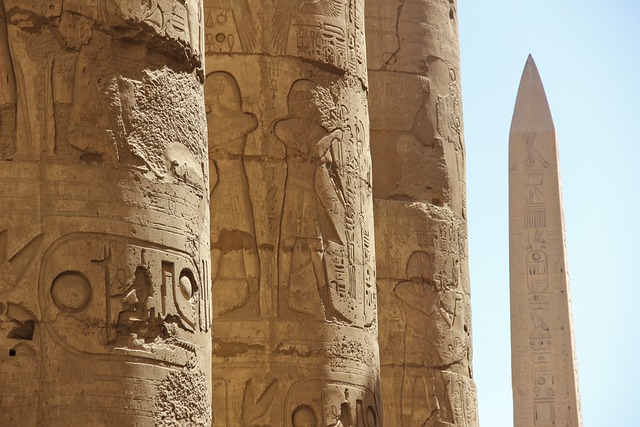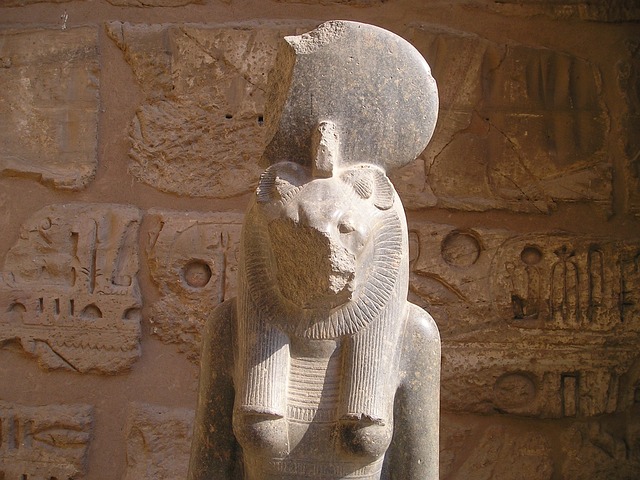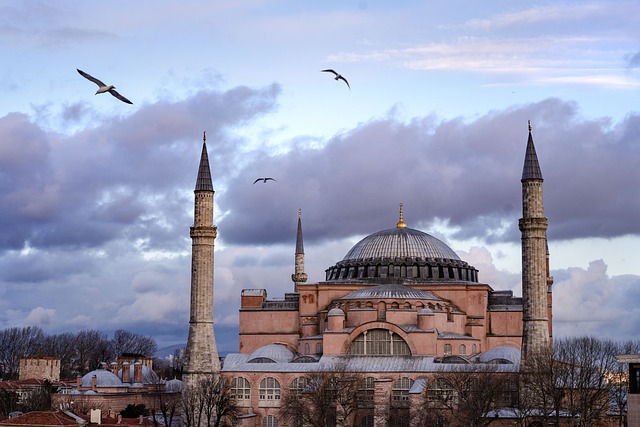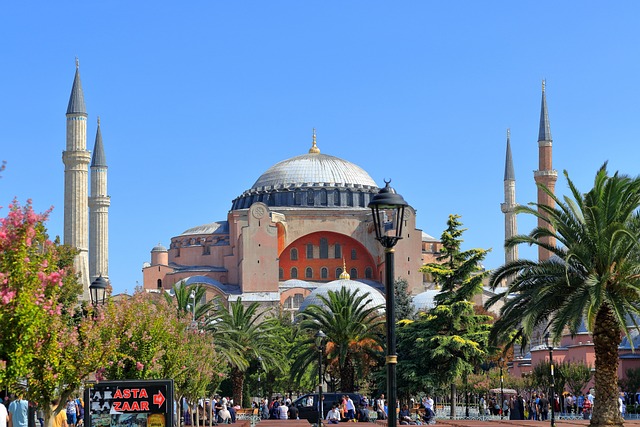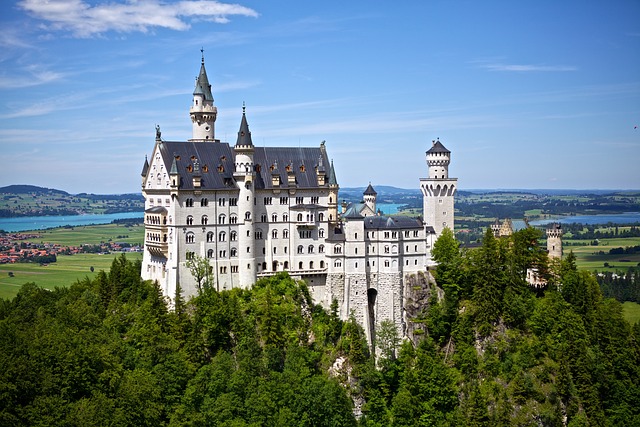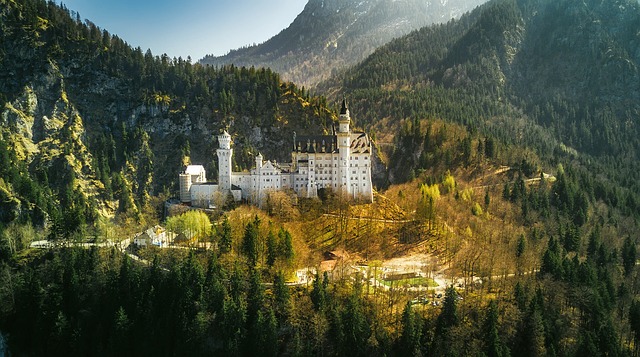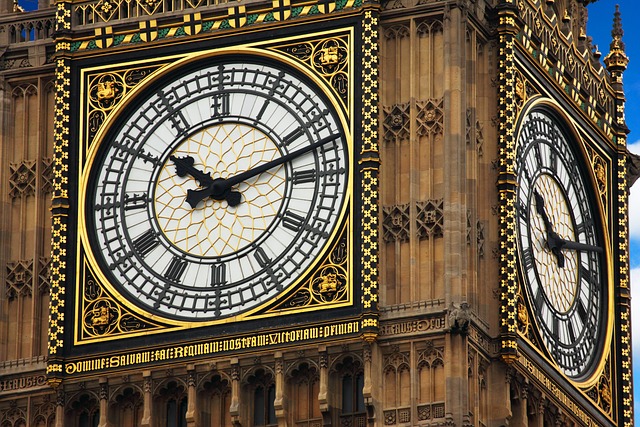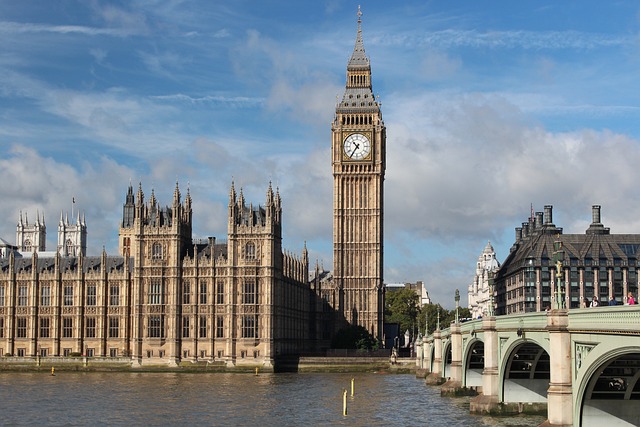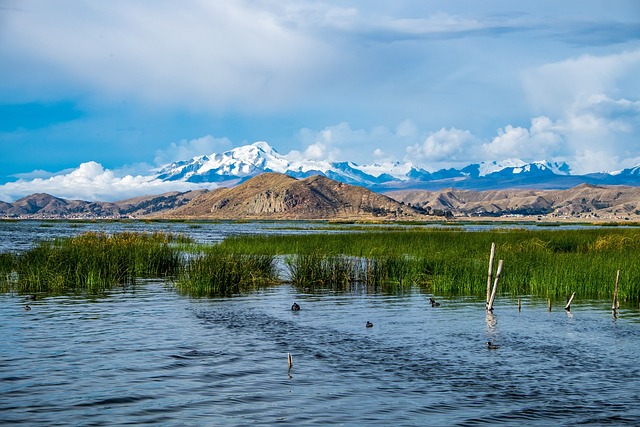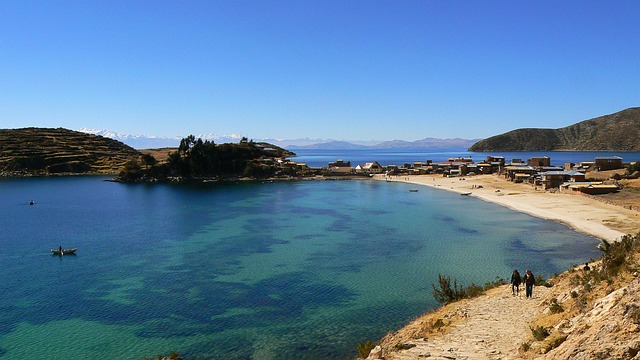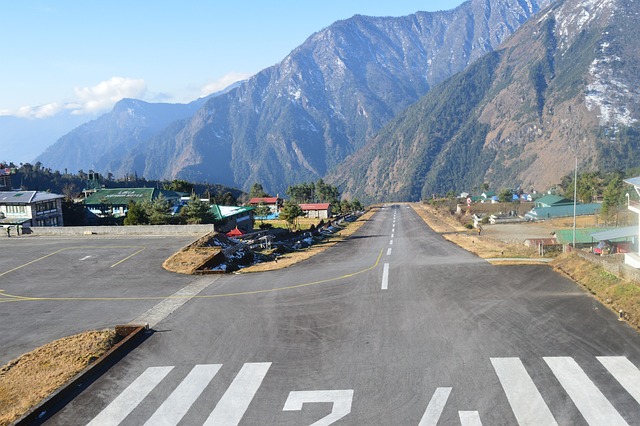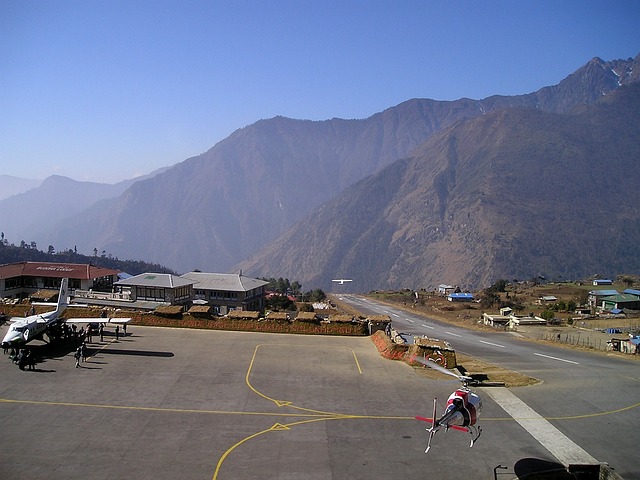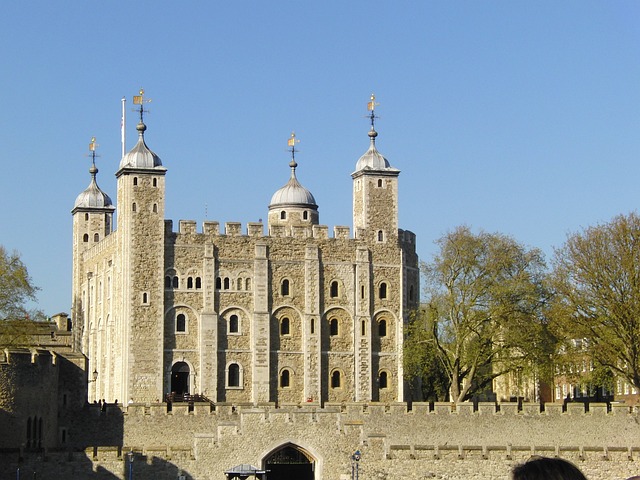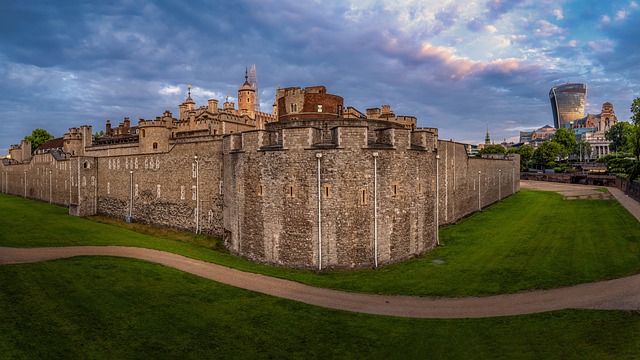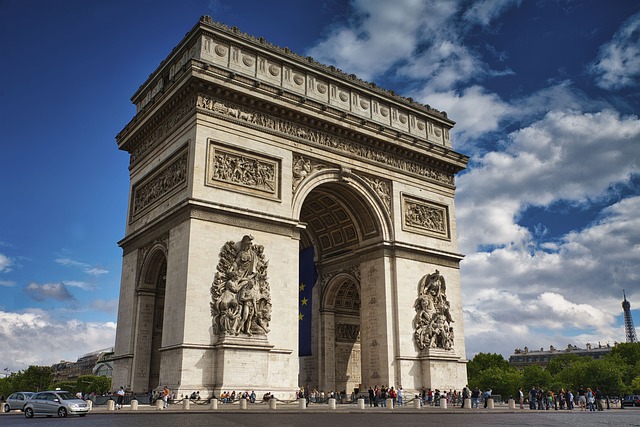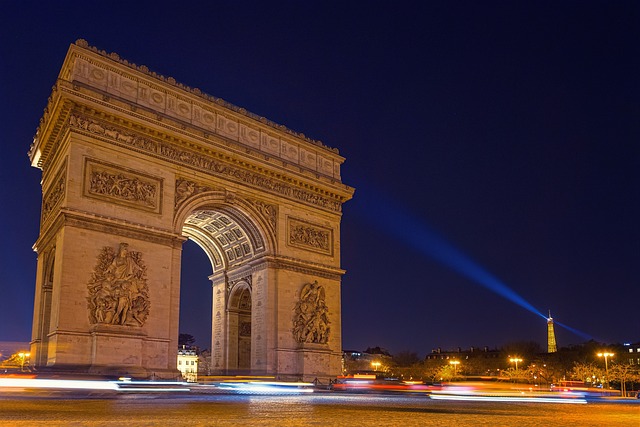Welcome to the ancient world of Angkor Wat, a truly remarkable architectural marvel located in Southeast Asia. This temple complex has captivated the world with its grandeur and intricate design, making it a must-visit destination for travelers and historians alike.
With a rich history and fascinating mysteries surrounding its construction, Angkor Wat holds a significant cultural and historical importance in Southeast Asian culture. In this article, we will unravel the secrets of Angkor Wat and take a closer look at its impressive architecture, legends, preservation, and legacy.
Join us on this journey as we delve into the wonders of this ancient temple complex and discover the magic and mystery that await.
History and Background of Angkor Wat
Angkor Wat is a renowned architectural wonder located in Southeast Asia. It is a massive temple complex that showcases the rich cultural and historical legacy of the Khmer Empire. Built in the 12th century by King Suryavarman II, Angkor Wat is the largest religious monument in the world and a symbol of national pride for Cambodia.
The origins of Angkor Wat can be traced back to the ancient city of Angkor, which was the capital of the Khmer Empire. The city flourished during the 9th to 15th century, reaching its peak during the rule of King Suryavarman II. The king was a devout Hindu and commissioned the construction of Angkor Wat as a grand temple dedicated to the Hindu deity, Vishnu.
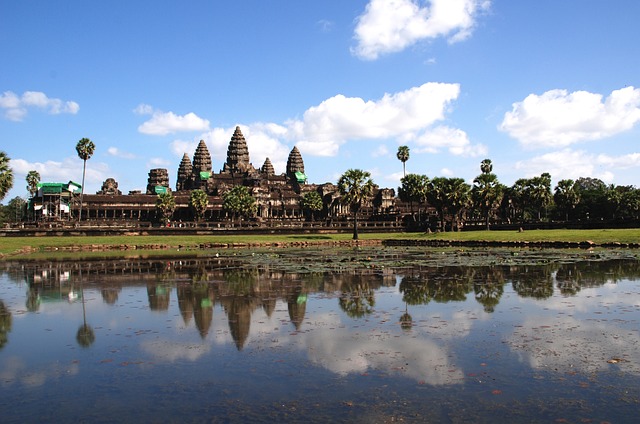
Angkor Wat’s location was strategically chosen to reflect the beliefs and practices of the Khmer Empire. The temple is aligned with the cardinal points of the compass, symbolizing the Hindu cosmology of Mount Meru, the center of the universe. The temple’s layout also reflects the Khmer’s belief in the sacredness of water, with its moat representing the cosmic ocean and the towers representing the peaks of Mount Meru.
The architectural style of Angkor Wat is distinctively Khmer, with elements of Indian and Southeast Asian influences. The complex spans over 400 acres and is surrounded by a moat and a series of walls. It is designed as a pyramid with three levels, each representing a different realm of the Hindu cosmos. The temple’s intricate carvings and sculptures depict scenes from Hindu mythology and everyday life during the Khmer Empire.
One of the most impressive features of Angkor Wat is its bas-reliefs, which cover over 2 kilometers of the temple’s walls. These carvings depict stories from Hindu epics such as the Ramayana and the Mahabharata, as well as scenes of Khmer history and culture. These bas-reliefs not only showcase the incredible artistic and technical skill of the Khmer people but also provide valuable insights into their way of life.
Despite its grandeur, the construction of Angkor Wat was not without its challenges. The temple’s size and complexity required sophisticated engineering techniques, such as using a hydraulic system to control water flow and prevent flooding. It is estimated that it took over 300,000 workers and 6,000 elephants to complete the temple, making it a remarkable feat of engineering and human labor.
The cultural and religious significance of Angkor Wat goes beyond its architectural marvels. The temple also holds mystical and spiritual importance for the Khmer people. Legend has it that the temple was built by gods or giants, adding to its mythical aura. Today, Angkor Wat remains an active place of worship for Buddhists, with over 20 shrines still used for daily rituals and offerings.
Unfortunately, the passage of time has taken its toll on Angkor Wat. The complex has faced natural disasters, looting, and vandalism over the centuries. However, efforts have been made to preserve and restore this cultural treasure. In 1992, Angkor Wat was designated as a UNESCO World Heritage Site, and a conservation program was initiated to safeguard the temple for future generations.
Architecture and Design of Angkor Wat
Angkor Wat is not just a temple complex, it is a masterpiece of ancient Khmer architecture. Its grandeur and intricate design have attracted visitors from all over the world, making it one of the most visited sites in Southeast Asia. In this section, we will delve into the unique architectural features and design of Angkor Wat, uncovering the symbolism and purpose behind its elaborate carvings and sculptures.
The architecture of Angkor Wat is a fusion of different styles, mainly influenced by Hindu and Buddhist traditions. The complex spans over 400 acres and is surrounded by a 5-kilometer moat, with the main temple located at its center. The layout of the temple complex is designed to represent Mount Meru, the mythical home of the gods in Hindu and Buddhist cosmology. This reflects the Khmer belief of the temple being a sacred place that connects the earthly and spiritual realms.
One of the most striking features of Angkor Wat is its distinct Khmer style of architecture. The use of sandstone blocks, meticulously carved and arranged, gives the temple its impressive and unique appearance. The walls of the temple are adorned with intricate bas-reliefs, depicting scenes from Hindu mythology and the daily life of the Khmer people. These carvings not only served a decorative purpose but also conveyed important religious and historical messages to those who visited the temple.
The most famous of these carvings is the Churning of the Ocean of Milk, depicting the Hindu myth of creation where gods and demons churn the ocean to retrieve the elixir of immortality. This scene is considered a masterpiece of Khmer art, showcasing the incredible skill and craftsmanship of the time.
The design of Angkor Wat also incorporates elements of astronomy and mathematics. The temple is aligned with the movements of the sun, with the main entrance facing the west and the main tower pointing towards the east, symbolizing the journey of the sun across the sky. The temple’s layout and dimensions are also believed to be based on precise mathematical calculations, further highlighting the advanced architectural knowledge of the Khmer Empire.
Another fascinating aspect of Angkor Wat’s design is its hidden chambers and passageways. These hidden spaces were believed to be used for ritual purposes and served as a means of accessing the temple’s central towers. Some of these chambers are only accessible through narrow passages, adding to the sense of mystery and awe surrounding the temple.
In addition to its impressive design and architectural achievements, Angkor Wat also holds great religious significance. This can be seen in the elaborate sculptures and carvings of deities, such as Vishnu and Shiva, as well as Buddhist figures, symbolizing the harmony and coexistence of different faiths during the Khmer Empire.
Mystery and Legends of Angkor Wat
There is no denying that Angkor Wat is a remarkable feat of architecture, engineering, and design. Yet, beyond its physical beauty, the temple complex is also shrouded in mystery and legends that have captivated people for centuries. From mythical origins to unexplained features, let’s unravel the secrets and delve into the mystical elements surrounding Angkor Wat.
One of the most popular legends surrounding Angkor Wat is the belief that it was built by gods or giants. According to local folklore, the giant Garuda, a mythical bird-like creature, was the builder of the temple. Another legend claims that it was built by the Hindu god, Indra, and his army of divine beings. These legends add to the aura of mystery and splendor surrounding Angkor Wat, making it a place of wonder and awe.
Apart from these legends, there are also mysteries that continue to baffle historians and archaeologists. One of the most intriguing mysteries is the absence of a central tower in the temple complex. The central tower was likely never built, and the reasons for this remain unknown. Some believe that the temple’s construction was interrupted by a war or natural disaster, while others speculate that it was left incomplete intentionally. Another theory suggests that the temple’s builders ran out of resources, leading to its unfinished state.
Another puzzling feature of Angkor Wat is its precise alignment with the sun during the equinox and solstice. The temple’s westward orientation is believed to symbolize the west, the direction of death in many Asian cultures. Some speculate that this alignment was intentional and holds a deeper spiritual meaning, while others argue that it was purely coincidental. The reason behind this precise alignment remains a mystery, adding to the intrigue and wonder of Angkor Wat.
Beyond these mysteries, Angkor Wat is also associated with supernatural and mystical elements. Many claim to have experienced strange occurrences and paranormal activities within the temple complex. Some visitors have reported sudden temperature drops, strange noises, and apparitions. These claims have only added to the temple’s mystical aura and attracted those seeking spiritual experiences.
Despite the various legends and mysteries, one thing is certain – Angkor Wat holds a special place in the hearts of the Cambodian people. It is considered a sacred site and a symbol of national pride. The temple’s historical and cultural significance, combined with its mystical elements, has made it a source of inspiration for writers, artists, and filmmakers.
In recent years, there have been efforts to uncover the secrets of Angkor Wat through extensive research and archaeological excavations. These efforts have shed light on the temple’s history and provided explanations for some of its unexplained features. However, there is still much that remains a mystery, and perhaps that is what adds to the magic and allure of Angkor Wat.
As a visitor to Angkor Wat, it is impossible not to be captivated by its mysteries and legends. While we may never truly unravel all its secrets, we can still appreciate the temple’s beauty, grandeur, and cultural significance. So, the next time you visit this magnificent architectural marvel, take a moment to immerse yourself in the mysterious and enchanting world of Angkor Wat.
Preservation and Restoration of Angkor Wat
Angkor Wat is not only a treasured landmark of Cambodia but also a significant historical and cultural symbol of Southeast Asia. This ancient temple complex, built in the 12th century by the Khmer Empire, has stood the test of time and continues to amaze visitors with its grandeur and beauty. However, as with any structure of its age, Angkor Wat requires regular maintenance and restoration to ensure its preservation for future generations.
Thanks to UNESCO’s designation of Angkor Wat as a World Heritage Site in 1992, efforts have been made to protect and restore this architectural wonder. Since then, the Cambodian government, along with international organizations and experts, have been working tirelessly to preserve the temple complex and its surrounding areas.
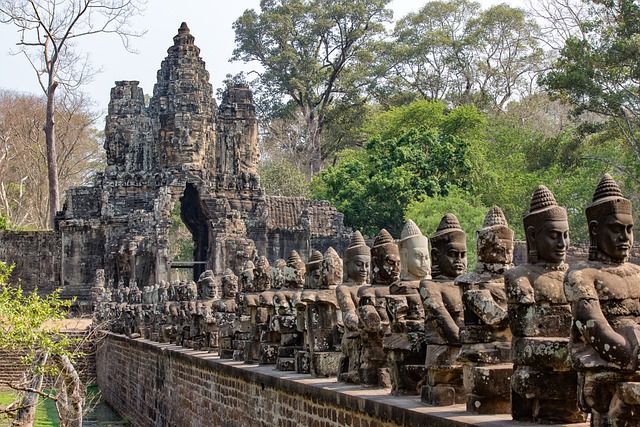
One of the biggest challenges faced in the preservation of Angkor Wat is the natural wear and tear caused by weather and time. The harsh tropical climate of Cambodia, with its heavy rains and high humidity, can take a toll on the stones and structures of the temple. As a result, regular restoration and maintenance work are crucial in keeping Angkor Wat intact.
Over the years, various restoration projects have been undertaken to address the structural stability and conservation of the temple complex. These projects have been conducted using traditional methods and materials, ensuring that the original character and integrity of Angkor Wat are preserved. This includes using the same type of sandstone used by the Khmer Empire, which is known for its durability and resistance to weathering.
In addition to the physical restoration of the temple, efforts have also been made to protect the surrounding environment and ecosystem. The Angkor Archaeological Park, which includes Angkor Wat and other temples, is home to a diverse range of flora and fauna. To maintain this biodiversity, measures have been taken to control the impact of tourism and prevent damage to the natural surroundings.
Speaking of tourism, the increasing number of visitors to Angkor Wat has also raised concerns about its preservation. To ensure responsible tourism, regulations have been put in place to limit the number of visitors and restrict access to certain areas of the temple. Visitors are also encouraged to follow a code of conduct, such as not climbing on the structures or taking any objects from the site. These efforts aim to minimize the physical impact on the temple while still allowing visitors to experience its beauty.
The restoration and preservation of Angkor Wat not only ensure its physical longevity but also contribute to its cultural and historical significance. As a symbol of national pride for Cambodia, the temple complex continues to hold great importance in the country’s identity and heritage. It also serves as a source of inspiration for modern architecture and design, with its unique and intricate features influencing various structures around the world.
Tips for Visiting Angkor Wat
If you’re planning a trip to Southeast Asia, Angkor Wat is a must-see destination. This ancient temple complex is not only a UNESCO World Heritage Site, but also a symbol of Cambodia’s rich cultural heritage. To make the most of your visit and experience the wonders of Angkor Wat, here are some tips to keep in mind:
- Plan your visit in advance:
Angkor Wat is a popular tourist destination, so it’s important to plan your visit in advance to avoid big crowds. The best time to go is during the dry season, which runs from November to March. It’s also a good idea to visit early in the morning or late in the afternoon to catch the stunning sunrise or sunset views.
- Dress appropriately:
As a sacred site, there are dress codes in place at Angkor Wat. Make sure to dress modestly and cover your shoulders and knees. This not only shows respect for the local culture, but also protects you from the scorching sun and mosquitos. Wearing comfortable shoes is also a must, as you’ll be walking and climbing stairs throughout the temple complex.
- Hire a knowledgeable guide:
To truly unravel the secrets of Angkor Wat, it’s highly recommended to hire a knowledgeable guide. They can provide valuable insights into the history and symbolism of the temple complex, making your visit more meaningful and informative. You can hire a guide at the entrance or through a reputable tour company.
- Explore the must-see areas:
Angkor Wat is massive, covering an area of over 400 acres. With so much to see, it’s important to prioritize the must-see areas. These include the central temple complex, the iconic Angkor Wat temple itself, the Bayon temple with its famous smiling faces, and the Ta Prohm temple, known for its tree roots intertwined with the ruins.
- Follow cultural etiquette:
As with any sacred site, it’s important to be respectful of the local culture and customs. This includes removing your shoes before entering temples, refraining from touching or climbing on the ancient structures, and speaking quietly and respectfully. It’s also recommended to avoid taking selfies or loud group photos, as this can disrupt the peaceful atmosphere.
- Stay hydrated and take breaks:
Exploring Angkor Wat can be physically demanding, especially in the hot and humid climate of Southeast Asia. Make sure to stay hydrated by bringing a water bottle with you and taking breaks in the shade or at designated rest areas. There are also vendors selling drinks and snacks throughout the temple complex.
- Get a temple pass:
In order to enter Angkor Wat, you’ll need a temple pass. These can be purchased at the main entrance and come in one-day, three-day, and seven-day options. It’s important to keep your pass with you at all times, as you’ll need to show it at each temple you visit.
By following these tips, you can make the most out of your visit to Angkor Wat and truly unravel the secrets of this magnificent architectural marvel. Remember to be respectful, stay hydrated, and take your time to soak in the beauty and history of this incredible site.
The Legacy of Angkor Wat
After delving into the rich history, intricate architecture, and mystifying secrets of Angkor Wat, it is clear that this ancient temple complex holds a significant legacy that extends far beyond its physical structure. This section will explore the lasting impact of Angkor Wat on Southeast Asian culture, its influence on modern architecture and design, and its significance as a symbol of national pride for Cambodia.
The enduring legacy of Angkor Wat can be seen in the profound influence it has had on the cultural identity of Southeast Asia. The temple complex, built in the 12th century by the Khmer Empire, is a testament to the ingenuity, creativity, and spiritual beliefs of this ancient civilization. Its distinctive Khmer architectural style, characterized by intricate carvings, towering spires, and expansive courtyards, has become synonymous with Southeast Asian culture and is still emulated in modern structures.
Moreover, Angkor Wat’s cultural significance lies in its representation of the fusion of Hindu and Buddhist beliefs in the region. The temple’s intricate carvings and sculptures depict scenes from Hindu mythology, while its central tower is dedicated to the Buddhist deity, Vishnu. This blend of religious practices is a testament to the cultural and religious diversity that has shaped Southeast Asia over the centuries.
Furthermore, the legacy of Angkor Wat can be seen in its impact on modern architecture and design. Its distinctive style, with its precise symmetry, intricately carved reliefs, and grandiose scale, has inspired architects and designers for centuries. The iconic silhouette of Angkor Wat’s central temple complex can be seen in modern structures around the world, from government buildings to luxury hotels, showcasing its enduring influence.
But perhaps the most significant legacy of Angkor Wat is its role as a symbol of national pride for Cambodia. Despite years of war and political turmoil, the Khmer people have preserved and protected this architectural gem, making it a source of national identity and unity. The temple complex is featured on Cambodia’s national flag and is a popular tourist destination, drawing visitors from around the world to marvel at its grandeur and learn about its rich history.
Today, Angkor Wat is not only a cultural treasure but also a UNESCO World Heritage Site, recognized for its outstanding universal value and its contribution to the world’s cultural heritage. Its preservation and protection have become a top priority for the Cambodian government, with ongoing restoration projects and sustainable tourism practices in place to ensure its legacy for future generations.

